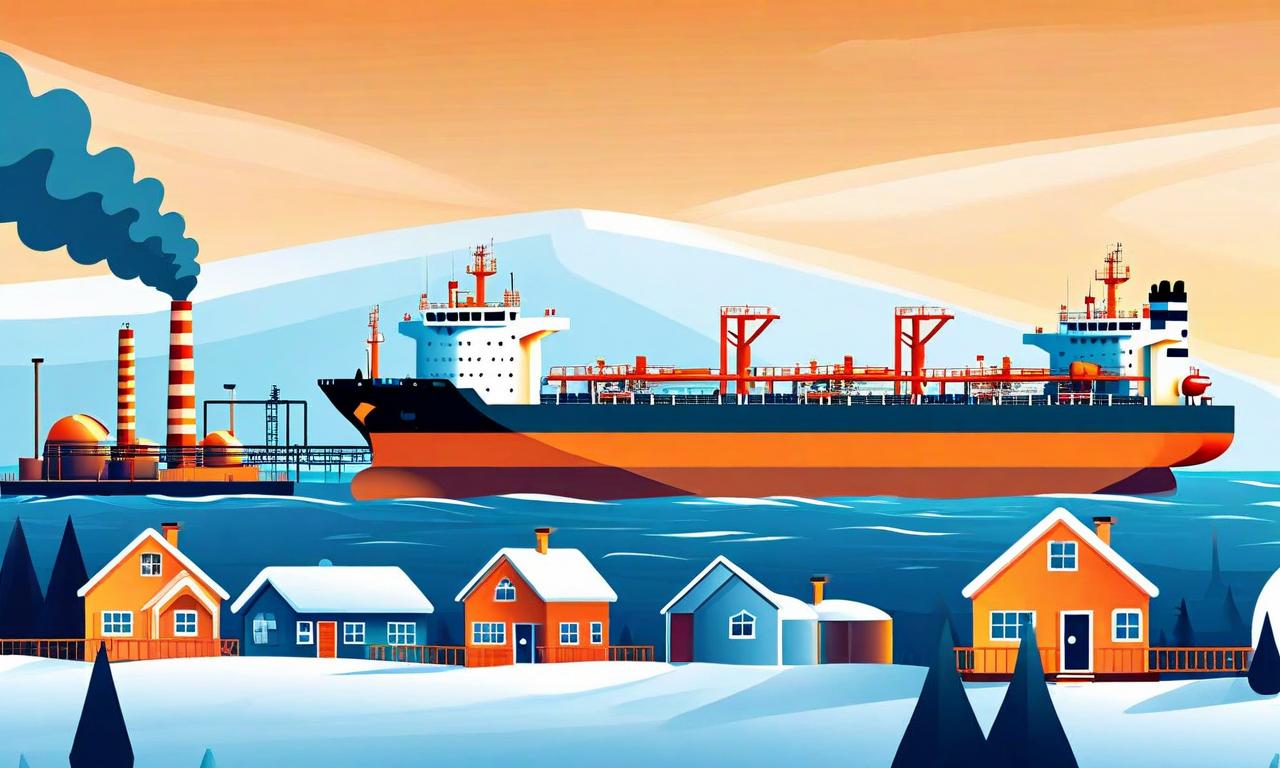U.S. Natural Gas Storage Surpasses Expectations, Reaching 87 Billion Cubic Feet
U.S. natural gas storage levels have increased to 87.00 billion cubic feet, up from 80.00 billion cubic feet the previous week. This surpasses market expectations of 83.00 billion cubic feet. The unexpected surge may indicate robust supply, potentially putting downward pressure on prices and influencing market sentiment. This could benefit consumers but impact producers. The increase may also affect how the market prepares for upcoming seasonal changes in energy consumption.

*this image is generated using AI for illustrative purposes only.
U.S. natural gas storage levels have shown a significant increase, surpassing market expectations and potentially impacting the energy sector. Here's a breakdown of the latest figures:
Storage Levels and Expectations
| Metric | Value (Billion Cubic Feet) |
|---|---|
| Current Storage Level | 87.00 |
| Previous Week's Level | 80.00 |
| Market Expectations | 83.00 |
The latest data reveals that U.S. natural gas storage has reached 87.00 billion cubic feet, marking a notable increase from the previous week's 80.00 billion cubic feet. This rise not only represents a week-over-week growth but also exceeds market analysts' predictions of 83.00 billion cubic feet.
Implications for the Market
The unexpected surge in natural gas storage levels may have several implications for the energy market:
Supply Dynamics: The higher-than-anticipated storage levels might indicate a robust supply situation in the U.S. natural gas market.
Price Pressure: Increased storage levels often put downward pressure on natural gas prices, which could benefit consumers but potentially impact producers.
Market Sentiment: The fact that actual figures surpassed market expectations might lead to a reassessment of supply and demand projections among market participants.
Seasonal Considerations: As natural gas demand often fluctuates with seasons, these storage levels could influence how the market prepares for upcoming seasonal changes in energy consumption.
It's important to note that while this increase is significant, multiple factors influence natural gas prices and market dynamics. Investors and industry observers will likely keep a close eye on how these storage levels interact with other market forces in the coming weeks.



















